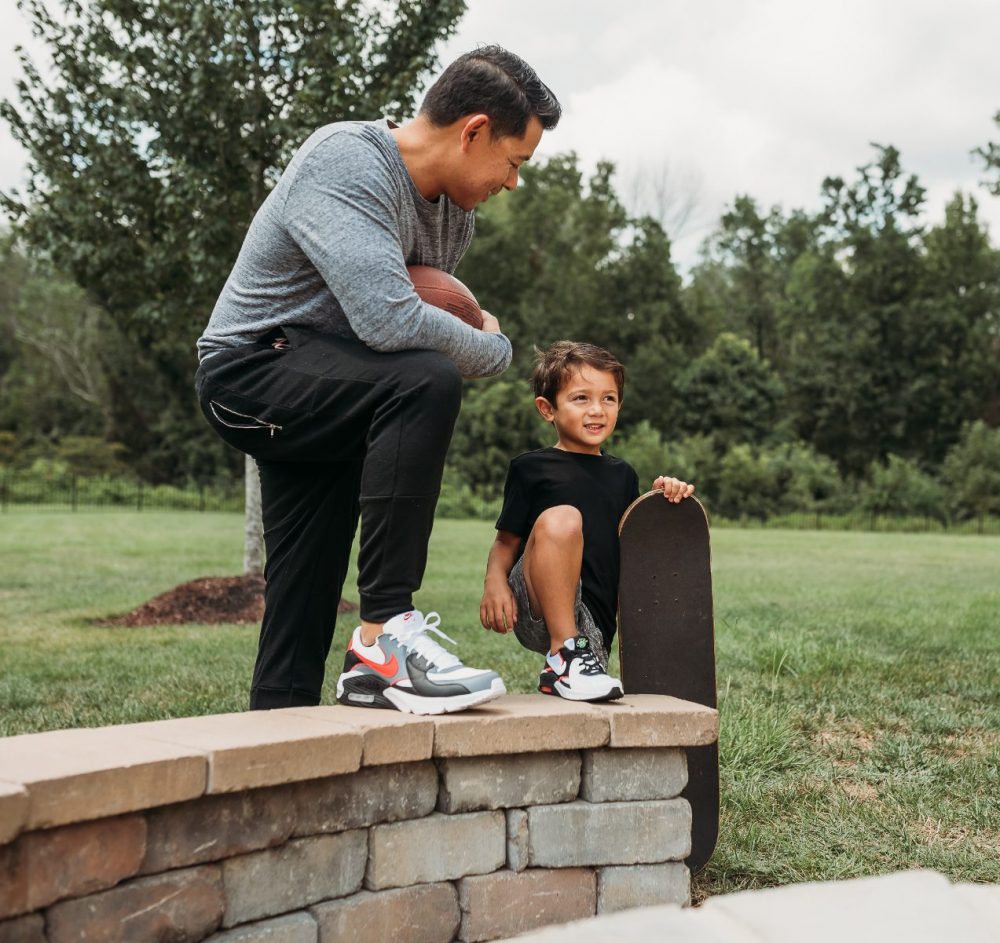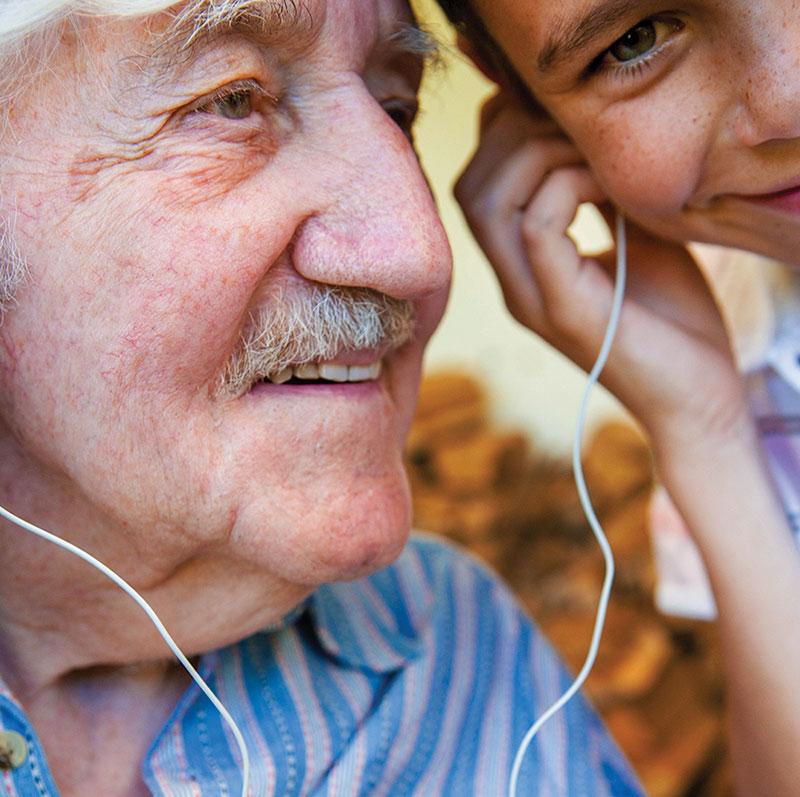One of the keys to encouraging children to develop the healthy habit of regular exercise is to make fitness a priority in the home. With cooler weather and changing scenery to enjoy, autumn can be an ideal time to try new outdoor activities.
The great news is that there are many ways to lead an active lifestyle suitable for family members of all ages. Let these three ideas help you turn each day into an opportunity to get fit and have fun together.
1. Go for a walk: Over the spring and summer, families across the nation returned to a simpler form of exercise while connecting with loved ones: walking. Walking offers various physical and mental health benefits while helping you reach your fitness goals. You can enjoy a stroll almost anywhere while maintaining social distancing best practices. The pace can be as challenging or leisurely as you desire, and everyone in the entire family can participate.
2. Play catch: While you may not be scheduling a flag football game with the neighbors and extended family this holiday season, football provides plenty of opportunities for your household to be active together. Teaching your children how to throw and catch a football can give you time to bond over the sport while providing them with added confidence. A game of catch can easily turn into a hobby that continues as they get older.
3. Embrace your inner child: Get creative and consider activities you enjoyed as a child. Grab some chalk and play a game of hopscotch, dig in the closet to uncover your long-lost pair of roller skates, or get your balance back by honing your skills on a skateboard on a flat patch of pavement in the neighborhood or at the local park.
As with any workout, it’s essential to have the proper gear, starting with footwear. According to Laryssa Grant, children’s buyer for national footwear retailer, Rack Room Shoes, staying on-trend and comfortable while moving with the family is as easy as ever. Name brands such as Nike, adidas and Vans offer style, comfort and durability in adult and children’s sizing, ensuring athletic footwear options for the entire family. Visit rackroomshoes.com to enjoy online shopping or curbside pickup options for all your family’s athletic footwear needs.
With new gear, a great attitude and some creativity, getting fit as a family can be a fun way to make memories this fall.







